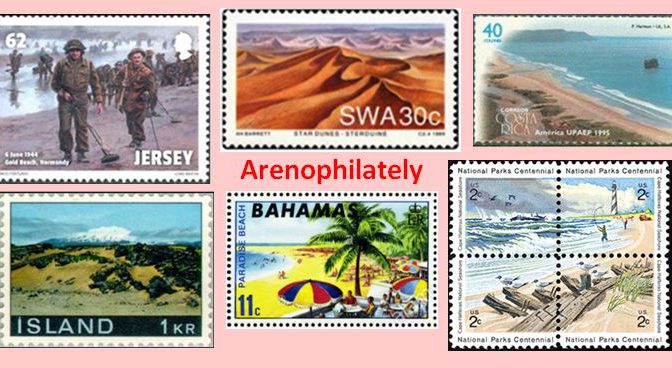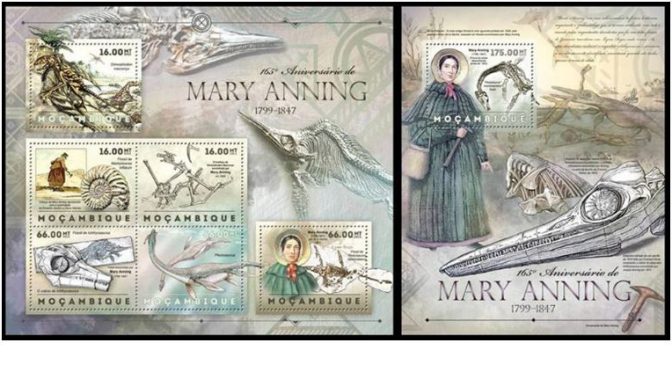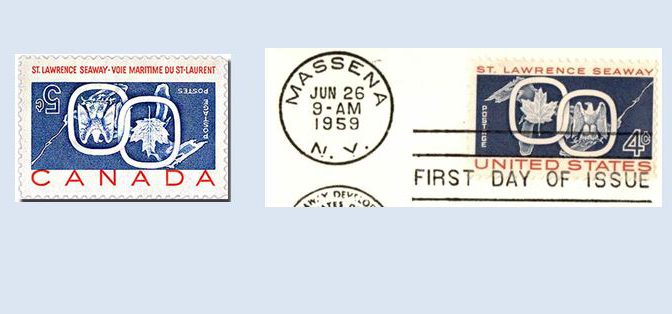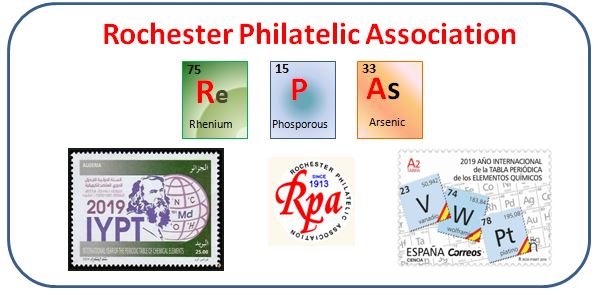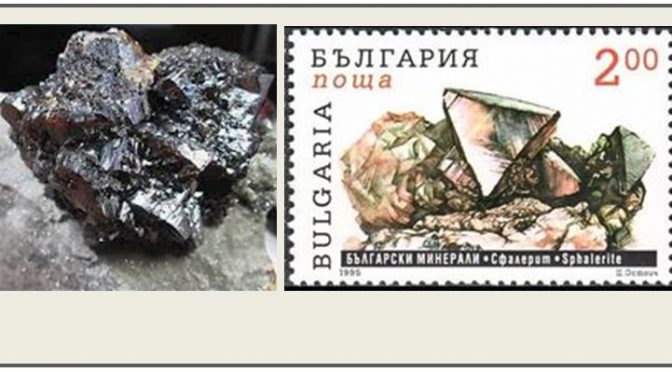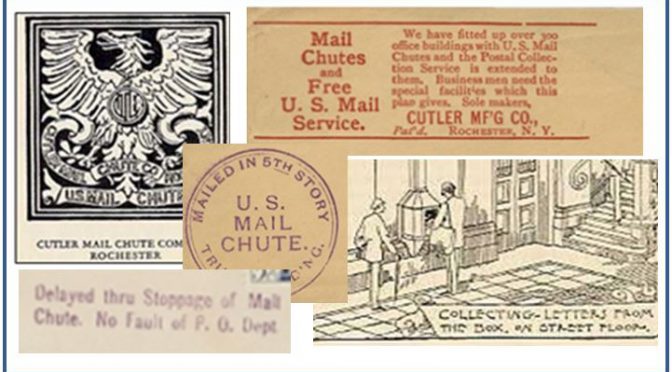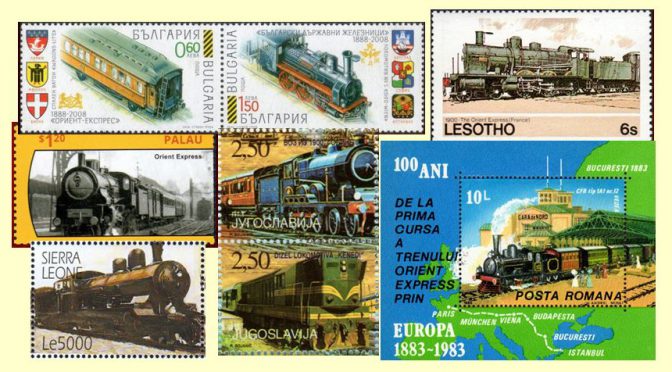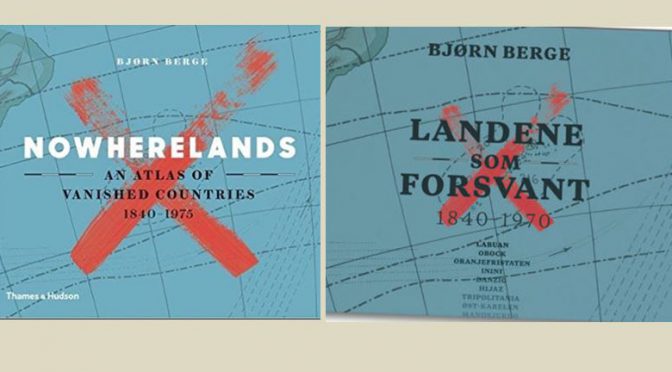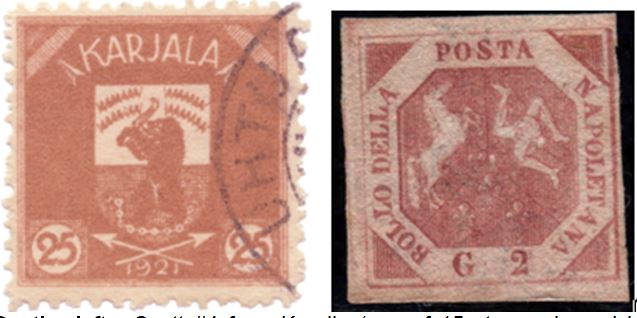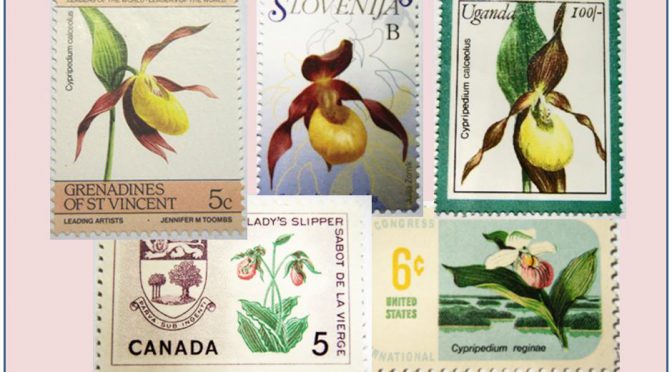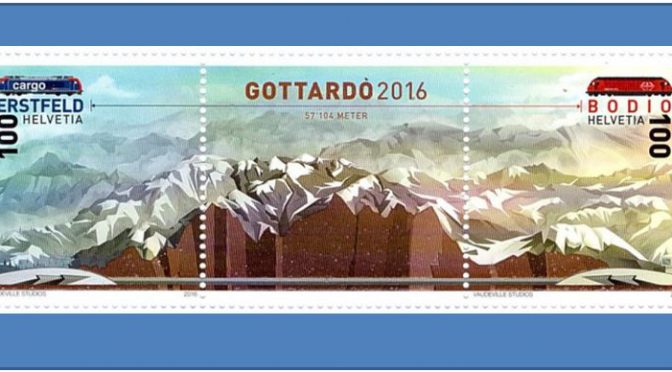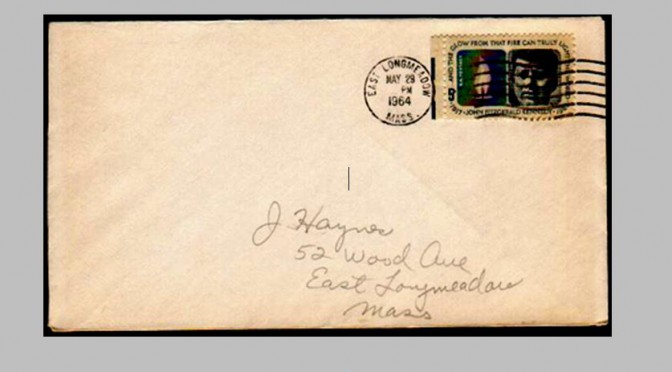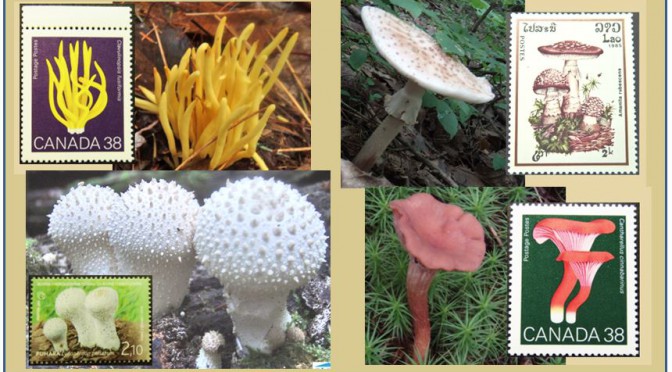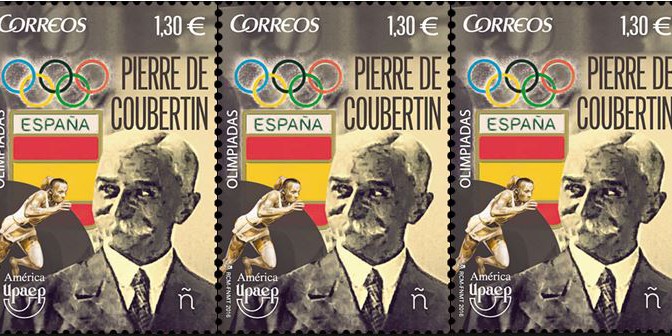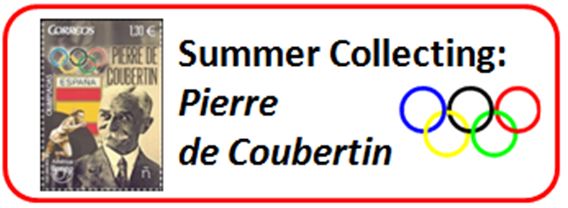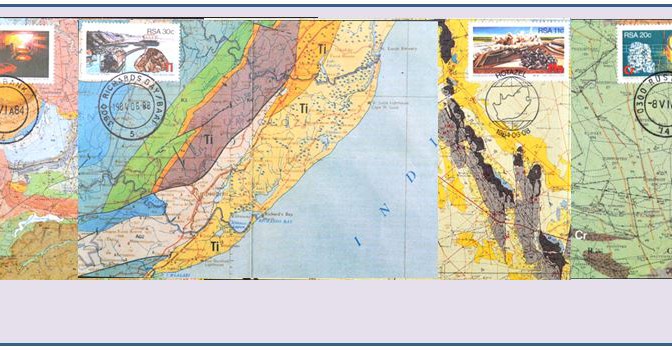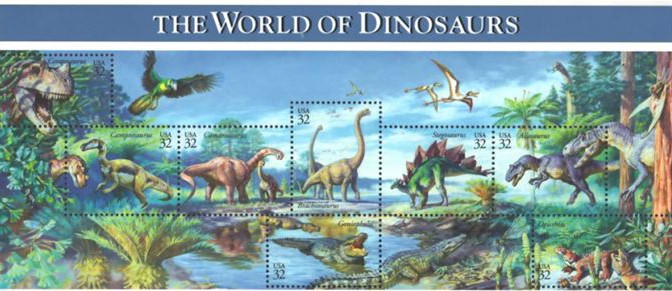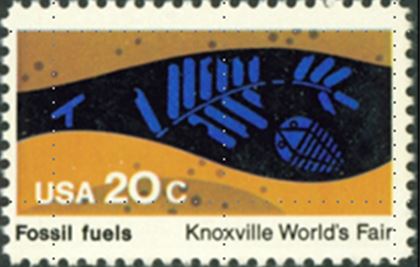I wrote this article for the Spring 2020 issue of Philagems, the newsletter of an International Group of stamp collectors with an interest in “Gems. Minerals, and Jewelry on Stamps.”
I have a confession to make. I have become an arenophile. Fortunately, in many places it is not illegal (unless trespassing while doing it), and it should not be harmful to my health. I would say it is generally not contagious, but I did catch it a year ago when introduced to the hobby at a local rock club meeting. I did not realize I was hooked until the summer of 2019. While collecting minerals on trips in Maine and Michigan, I kept my eyes open for sands to collect and proceeded to fill quart freezer bags at a few dozen locations along lakes, rivers, and from glacial deposits. You see an arenophile is a lover of sand. The word is derived from the Latin “arena” (sand) and the Greek ”phil” (love).
But this is a philatelic newsletter, what does this have to do with stamps, and more specifically minerals on stamps? Well, sand is nothing more than a pile of mineral grains, and there are certainly many worldwide postage stamps depicting sand. The most popular thematic stamps depicting sand are, of course, beaches, like several of those depicted in the header. But there are also river sands, land sand, and wind-blown sand dunes such as those on this South-West Africa (now Namibia) stamp, also in the header. Why not collect and display sands from various beaches next to stamps showing these beaches? And why not call it arenophilately? Would this not be a reasonable offshoot of a group specializing in minerals on stamps? There are actually some very unique and beautiful minerals hidden in the sands of the world. Continue reading Arenophilately
